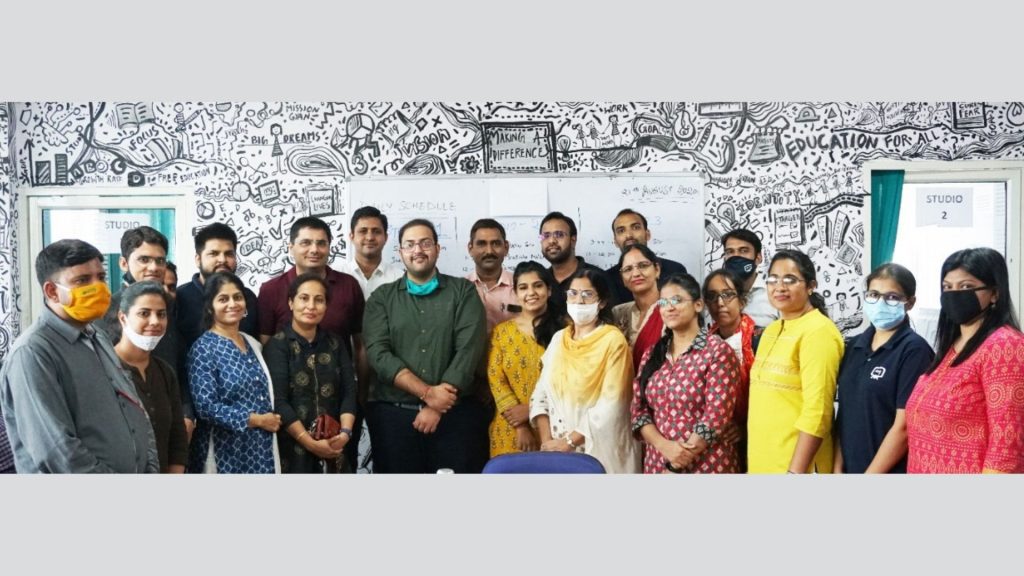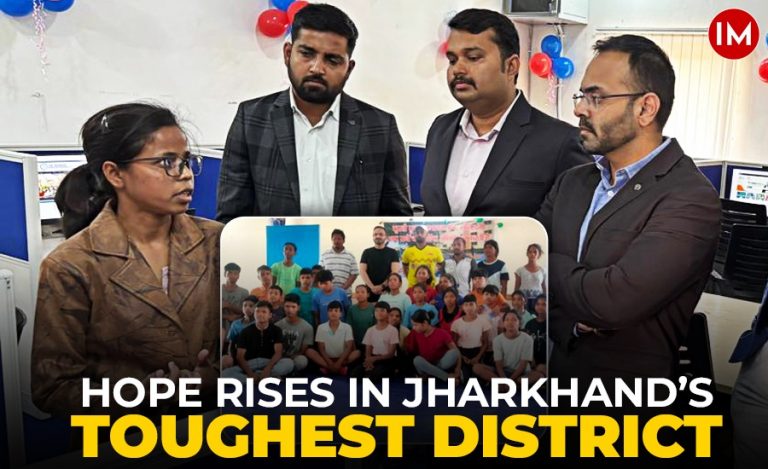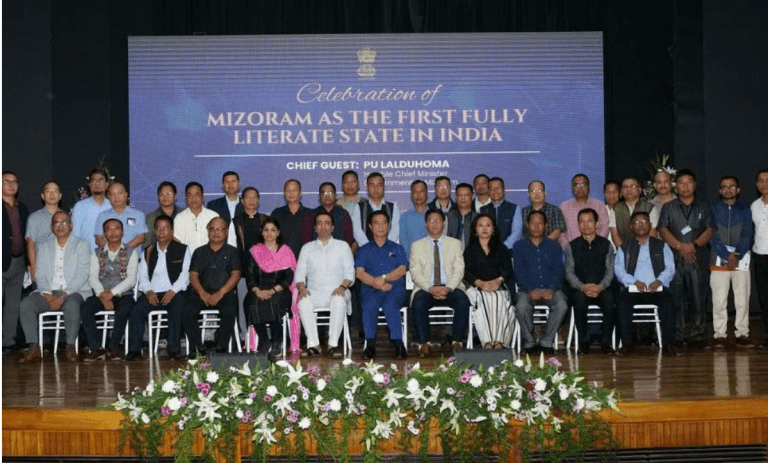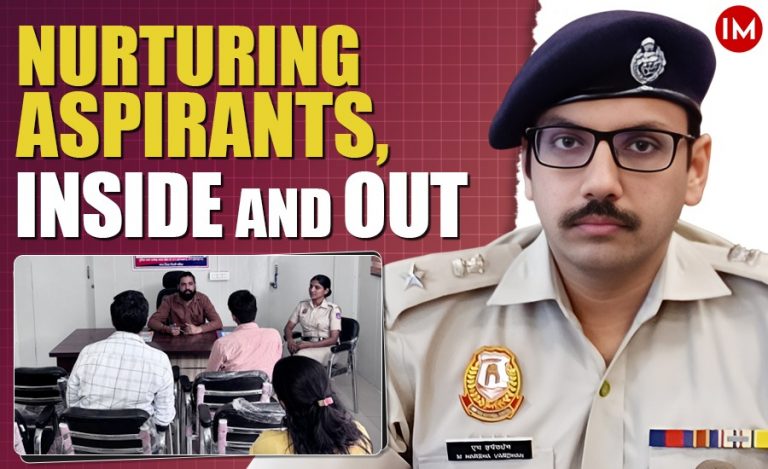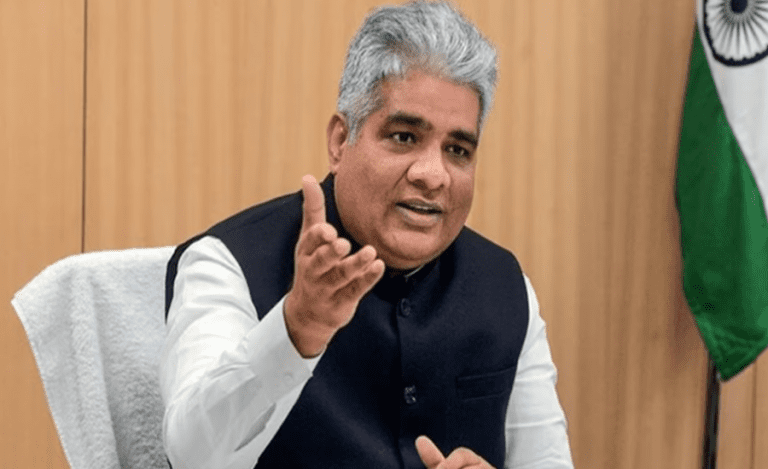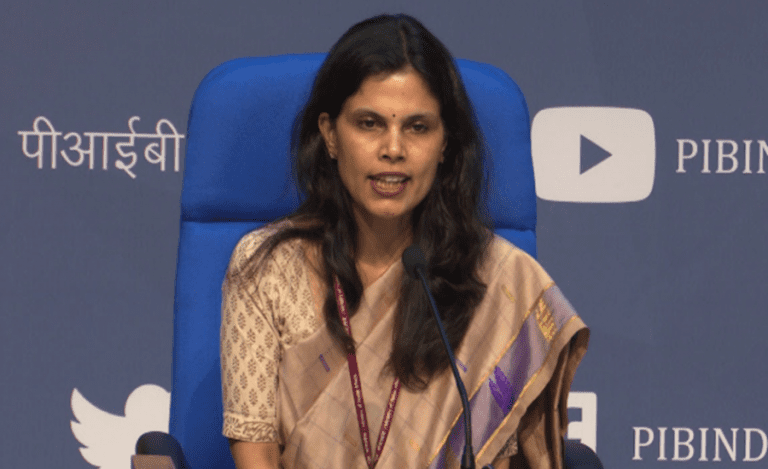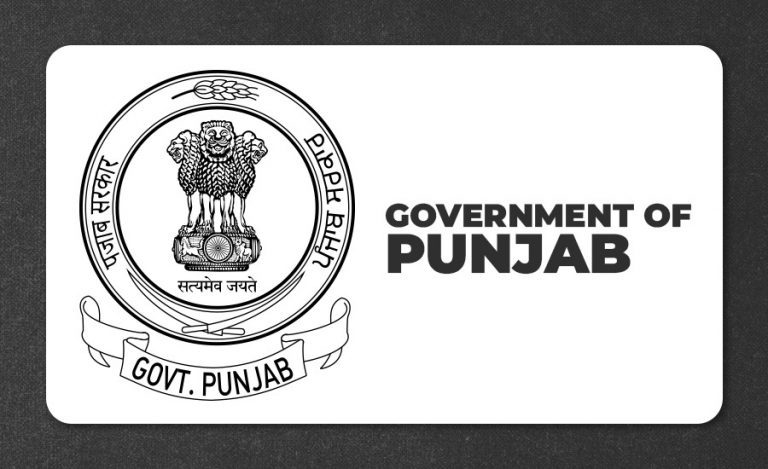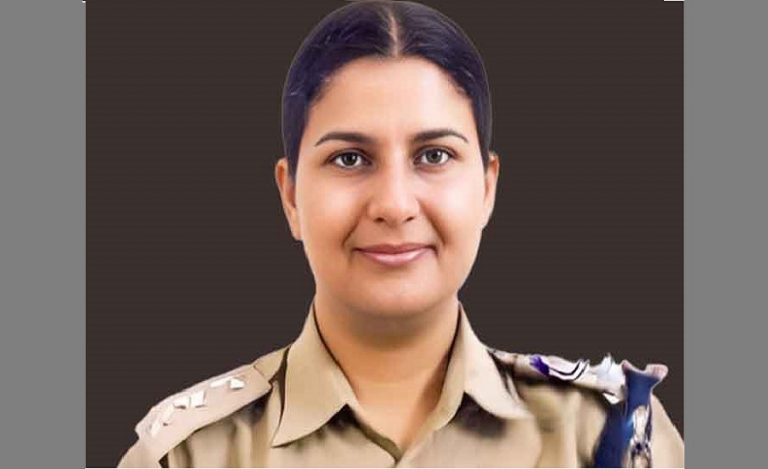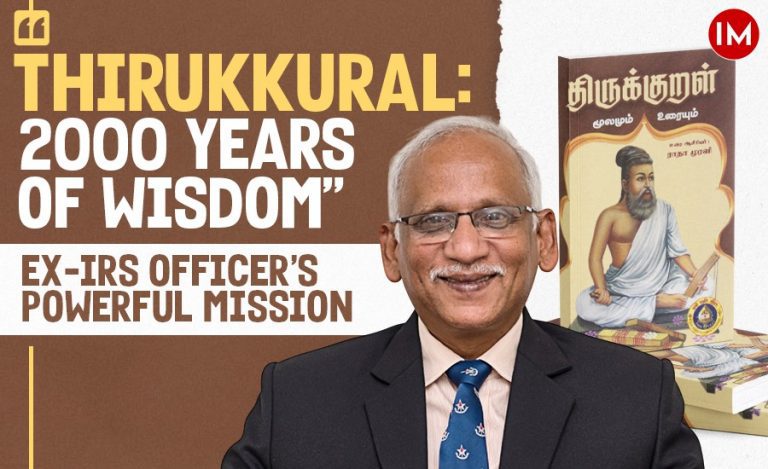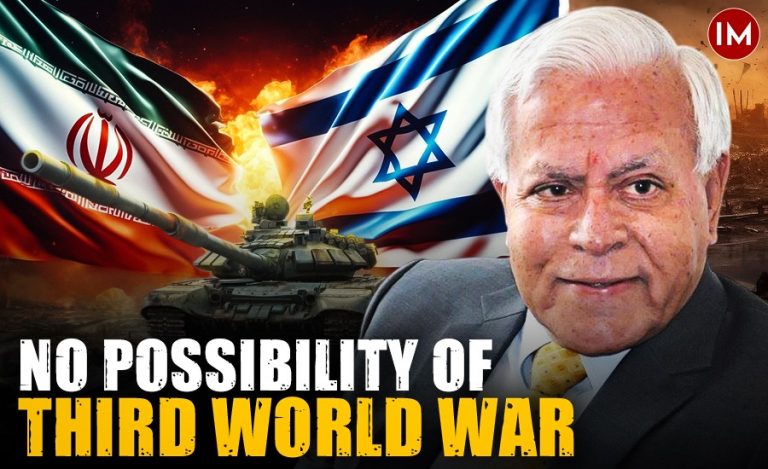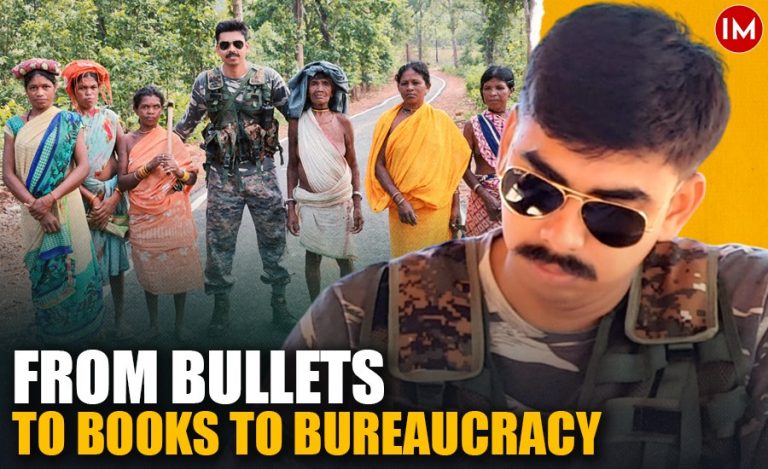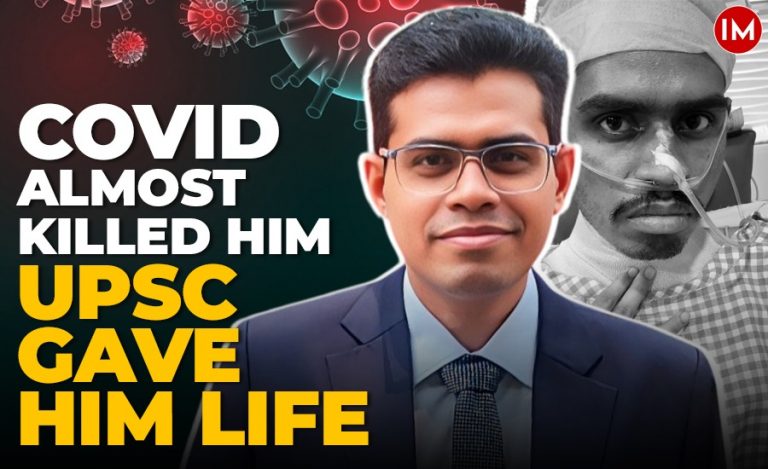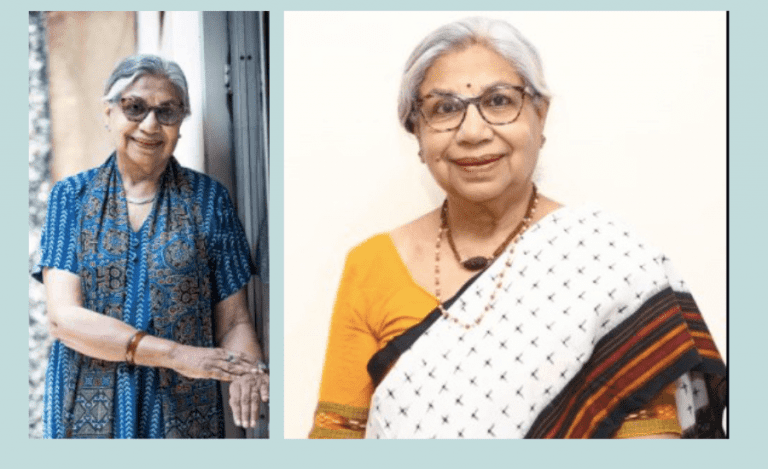In Rajasthan, an IAS officer is setting an example of how to optimize the use of the digital medium to educate the children in their homes. He is IAS Sourabh Swami, and he has embarked on a mission to educate the students of Rajasthan through both online and offline methods with synchronized competency-based content. Indian Masterminds spoke to the officer to find out more about this programme.
MAPPING STUDENTS
IAS officer Sourabh Swami got appointed as the Educational Director of Rajasthan in February 2020. Just after his appointment, the first wave of Covid 19 started in India and as students were confined to their homes, their education was hampered.

This is when Mr. Swami decided to step in and take matters into his hand. “As the health department issued guidelines to stay at home, there was no digital content which could be shared with the students during such unprecedented times. To start with, we thought of identifying students who were using smart phones and applications like WhatsApp. Then we created a portal and mapped all the 85 lakh students studying in all the government schools of Rajasthan.”
A survey was conducted, and it was found that around 35 to 40 lakh students had smart phones and were using the WhatsApp application.
E-KAKSHA VIDEOS
Now the challenge before the officer was to produce good quality content for the students in both Hindi and English medium. For this, Mr. Swami reached out to the government teachers and invited them to an interview and asked them for a recorded video, on the basis of which he could select them and create videos related to various subjects.
शिक्षा के समान अधिकार सुनिश्चित करना हमारी सबसे बड़ी जिम्मेदारी है |
— E-Kaksha-Mission Gyan (@ekakshaaa) November 30, 2021
सीखिए भूगोल कुछ अलग अंदाज़ में। https://t.co/mAGvrONHmQ#EducationForAll #ChangeMakers@ashokgehlot51 @GovindDotasra @kana_ias @Sos_Sourabh @JinenderSoni @artizzzz @monal_jayaram @DrBDKallaINC pic.twitter.com/YxGHAaJzlV
The education department then partnered with NGOs and launched their programme called E-Kaksha. Mr. Swami said, “As of today, under this programme, students from class 1-12 are receiving video content in both Hindi and English medium.”
The initiative kicked off in September 2020, after Chief Minister of Rajasthan, Mr. Ashok Gehlot, inaugurated it.
PROJECT SAMARTH
To bridge the digital divide for the students who did not have smartphones, the department launched another initiative called Aao Ghar Mein Seekhein (Let’s learn from home). Under this programme, all the teachers were informed to visit students without smartphones in their homes and conduct a localized classroom, in which they can study by watching videos and complete their homework. Mr. Swami said, “Through this, we created a portfolio of all such students and the assignments done by them. On the basis of this, they were marked and even promoted to the next class.”

The administration also helped the disabled children in Rajasthan through Project Samarth. Videos were created in sign languages for all the classes under this project, and the department managed to reach out to another 75,000 children.
ENCOURAGING RESULTS
The department produced more than 10,000 videos in a single application named Mission Gyan, which has till date garnered around 11 crore views and has also managed to get more than 50 lakh subscribers on the YouTube channel of E-Kaksha.
It has now started producing videos related to competitive exams like UPSC and NEET to take the initiative to a whole new level.

